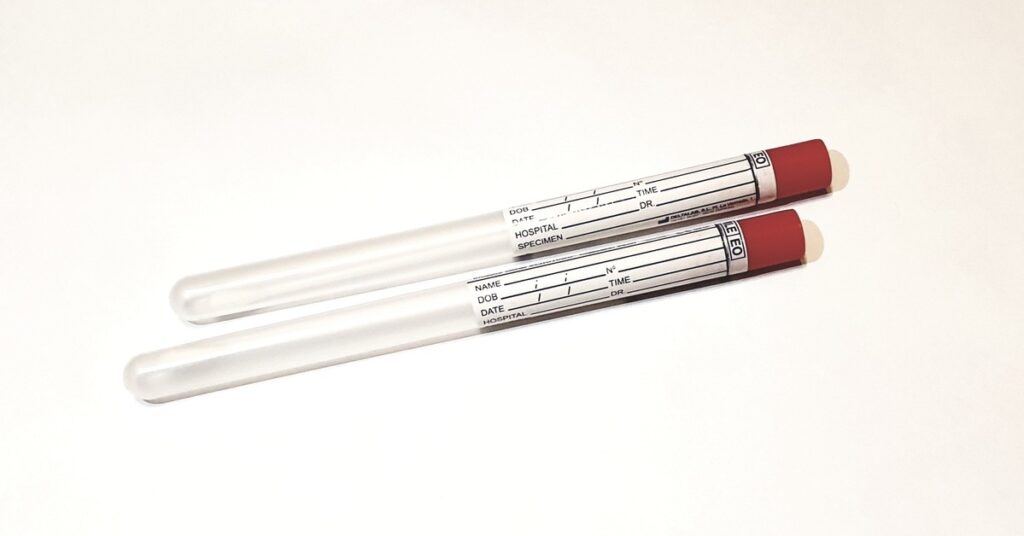In the second week of February, saliva samples were taken for degenerative myelopathy (DM) genetic testing with ten (10) dogs, including six (6) hovawarts.
Cooperation partners: veterinarian Ulla Ostra and Vetgeen's laboratory in Estonia.
Degenerative myelopathy (DM), also known as chronic degenerative radiculomyelopathy (CDRM), is a disease affecting the spinal cord, resulting in slowly progressive hind limb weakness and paralysis. The symptoms result from degeneration of the white matter of the spinal cord.
DM is similar to some of the forms of human amyotrophic lateral sclerosis (ALS) more commonly known as Lou Gehrig’s Disease.
The exact cause of DM is unknown. In its early stages, the symptoms of DM resemble those of osteoarthritis (arthritis), which often occurs secondary to hip dysplasia in many large breed dogs, making diagnosis challenging.
In later stages of the disease, the progressive weakness and ataxia (wobbling, stumbling) distinguish it from osteoarthritis of the hip joints. Other considerations for this condition include spinal injuries, spinal tumors, lumbosacral stenosis, fibrocartilaginous embolism, myasthenia gravis, and discospondylitis.
A genetic mutation is considered to be the main risk factor for the disease.
DM is considered a disease of middle-aged to older dogs including German Shepherds, German Shepherd crosses, Siberian Huskies, and Collies. Several other breeds have been identified as at risk for developing DM, including Bernese Mountain Dog, Boxers, Chesapeake Bay Retrievers, Golden Retrievers, Kerry Blue Terriers, Miniature Poodles, Nova Scotia Duck Tolling Retrievers, Pembroke Welsh Corgis, Pugs, Rhodesian Ridgebacks, Standard Poodles, Welsh Corgis, Welsh Corgi Cardigans, Welsh Corgi Pembrokes, and Wirehaired Fox Terriers).
The condition is most common in middle-aged to older dogs, with a range from 4-14 years. It has been reported in young dogs on rare occasions.
Read more HERE.

